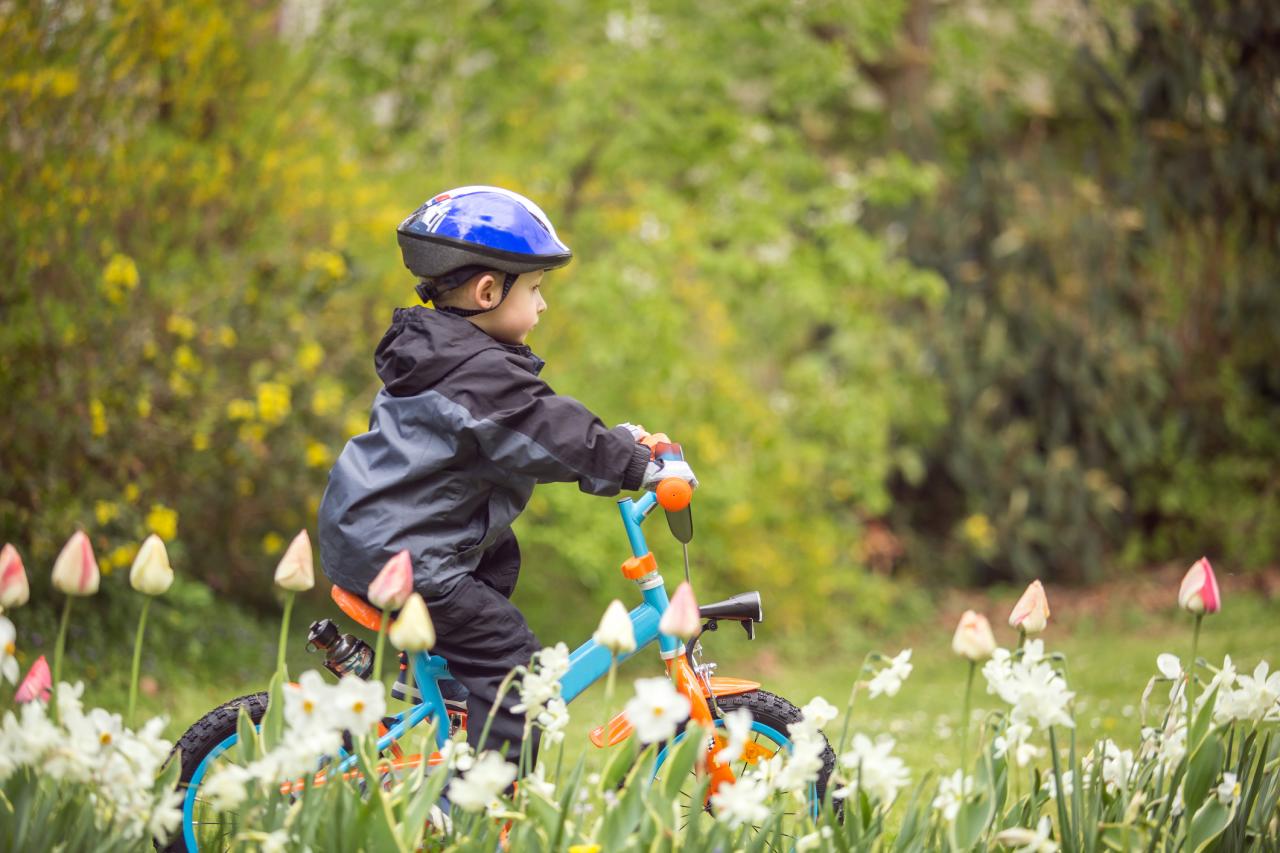
One of the main challenges for cities in the coming decade is how to make their citizens become physically active again.
Physical inactivity and sedentary lifestyles have become a leading risk factor for health. Cities are affected by the dramatic increase in the frequency of chronic diseases related to physical inactivity amongst their citizens. These chronicle diseases like coronary heart and respiratory diseases, colon cancer and obesity are resulting in high and early morbidity, loneliness and social exclusion. Collectively physical inactivity has substantial consequences for direct health-care costs but also causes high indirect costs due to increased periods of sick leave, work disabilities and daily care. With decentralising tendencies of tasks like (un)employment, social care and basic health care from national levels to local levels, cities have become a key player in keeping their citizens active.
This article offers an overview of this challenge advocating this theme as an integrated part of sustainable urban planning in Europe.
What cities do to make their citizens active?
Many cities all over the world have recognised the urgency of action related to physical activity as well as the competitive advantage that stems from making it into a priority of action. Several municipalities, private companies and research institutions have adopted specific planning and design strategies in recent years in order to promote physical activity in urban settings.

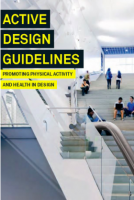
In the UK, inspired by the Design to Move initiative an All-Party Commission on Physical Activity was created in 2014 that advocates for a new approach to tackling the inactivity problem on a national level. It emphasises a cross-sectional working method and managed to create a nationwide coalition with leading third sector organisations such as the British Heart Foundation or Young Foundation. For the same reasons, the Design Council launched its initiative Active by Design in 2014. It aims to help national and local governments, developers, designers and communities to encourage active living by providing leadership, training and project support for newly designed places and redesigning existing infrastructure.
Besides these coalitions and initiatives, other city governments are also taking the first steps in the UK. For example, Liverpool has developed a cross-sectorial strategy to combat lower-than-average life expectancy and inactivity. Edinburgh is progressively investing in cycling schemes year by year, while London Boroughs are advocating for the default 20 miles per hour (about 30 kilometers per hour) limits to encourage active transportation.
In Europe, Copenhagen is a benchmark city for championing active living strategies. It is characterised by experimental, out of the box thinking. The city is working close together with the academia, and the third sector like the Foundation Culture and Sport and the Centre for Sport and Architecture based at the Faculty of Architecture at the University of Copenhagen. The latter was among the first to develop guidelines for better integrating sport into the built environment. Their Activating Architecture report (2012) showcases several best practices along with useful measures and everyday ideas on improving the built environment. The results of cities investing in physical activities in public spaces are already visible. For instance, in Copenhagen, the increased investment in public space since the 1970s has been linked directly to a 65% rise in the number of cyclists and a significant drop in both the quantity and speed of automotive traffic. Copenhagen has also pursued pioneering work on developing schemes to reach out the most vulnerable groups including ethnic minorities.
Beside the stellar examples, there are many cities who invent, practice and creatively open up spaces for enjoying physical activities collectively, often with no large amount of funds, but with the power of new ideas.
Health, sport and urban planning in URBACT Vital cities network

Vital Cities network has identified five key themes to be investigated during the learning process: (1) identifying community-based initiatives (2) IT-based actions to redesign public spaces linked to leisure sport activities, (3) better orchestrating the services of the city to promote healthy lifestyle, (4) designing innovative physical activities to promote sport in public spaces and the organisation of innovative events to promote healthy lifestyle. Cities partnering in Vital Cities have already experiences in planning physical activity in public space: a look into their stories serves the purpose of showcasing what cities do and could do.
Change makers' ideas in Usti-nad-Labem (CZ)
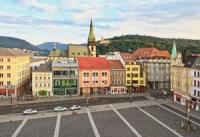
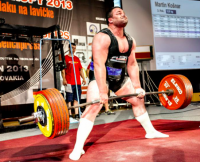
The first is the Predlice primary school serving the Roma community.
The Headmaster of this school, Martin Kosnar is an iconic sports figure being a champion in weightlifting, which becomes obvious while visiting his room full of trophies. Sure his physical appearance in such a rough environment can be of advantage however through his gentle way of operating he managed to get extra investment in sports facilities and additional guarding capacity through an employment scheme. This means that the outdoor sports facilities can be kept open after school hours, inviting over the parents to become physically active together with their children. This idea has been a success and it has been largely appreciated by the community.
The second one is the "6 minutes for health" path. A local cardiologist found out that over time people came often too late to hospital as to check their physical status related to heart, lungs and arteries. She took the initiative to install the "6minutes for health" path in the free accessible Metsky park, through which citizens can check their condition. It consists of a route with milestones as distance markers and a clock (stopwatch) with the purpose of monitoring one’s performance on the track. One simply starts walking or running the route in this public accessible space while using the clock as a stop watch set for 6 minutes. Through the milestones one can monitor the travelled distance while reading the information shields one gets an indication of his/her own health status. Telephone numbers and a website address refer people to doctors. The funding for this project comes from health insurance companies and the initiators budget while the city provided the facilities and space.
Reclaiming (unusual) sports areas: the idea of Horten (municipality in Vestfold county, is partner of Vital Cities)
In winter the parking lot of the city of Horten went unused by cars because of the freezing cold and a large amount of snow. The municipality came up with the idea of turning this space into an unusual spot for ice-skating. The trick has been simple and almost at zero cost. The surface of the parking lot has been cleared out of the snow and the parking lot covered with water soon turned into thick ice. This created an amazing ice-skating park in the middle of the city. Locals initially surprised, then started to enjoy it during day and night. The city offered special lightening for evening ice skating, and a group of volunteers distributed ice-skates to those who did not have it. “It was amazing to see how people welcomed the renewed spot for sport. This parking lot became the new meeting place for a lot of kids at different ages, and for their parents as well. It is free and open to everybody open during the day until 10 in the evening. [...] It is a place for integration as well: new comers as refugees newly arrived in Norway never experienced such cold winters, and had here their first ice-skating training with locals.” ( Helge Etnestadt, Municipality of Horten)
Active Parks initiative in Birmingham
The city of Birmingham, with one of the poorest census track in the UK and with a large migrant community has to deal with severe challenges in terms of considerable differences in lifetime expectation and health amongst its citizens, depending on the neighbourhood they live in. To overcome this, Birmingham decided to deliver its sports services in a different way namely by no longer building and constructing new capital intensive facilities, but rather using ‘what is already there’. This is also a consequence of the budget cuts in a period of financial austerity. As result, Birmingham decided to roll out the Active Park programme with free activities in over 80 parks and green spaces across the city
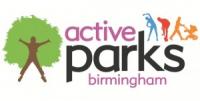
“Active Parks” - a strong brand now - is managed and administered by the Wellbeing Service and Birmingham Open Spaces Forum, through its staff and dedicated trained session leaders. The programme successfully involves the cooperation of various stakeholders from public sector organisations, NGOs and private companies. The Parks and Ranger service, various volunteers and Friends of Parks groups support the programme as I could experience ‘with the traditional English tea after’, provided by a charming over 80 years lady! Since 2014, there have been 114,000 participants in the 80 parks. Over half of these live in the most deprived areas of Birmingham. It is financed by the Birmingham City Council, Sports England and Coca-Cola Zero Parklives programme.
Health in cities and the Urban Agenda for Europe
The challenge of fighting inactivity relates to several strategies like compact and mixed urban planning, active and public transport, ICT and social services. For this, it can be considered a complex and integrated challenge, that calls for a multi stakeholder and a multi-level governance approach, with strong partnerships at the local level. If we add the financial/affordability implications and personal consequences, it is rather surprising that ‘health and physical activity’ is not yet explicitly covered by the Urban Agenda (UA). Clearly many of the topics covered by the UA affects health e.g. air quality in considering respiratory diseases and environmentally friendly forms of transport; or housing determinant for a healthy & active lifestyle. In addition, vulnerable groups living in urban poverty tend to be less healthy than average for a number of different reasons, amongst others quality of food and less physical activity. Appropriate health provision is also a growing issue for cities welcoming refugees and sport and physical activity in public space are to be considered important in facilitating short and long term integration. The experience of Vital Cities demonstrates that it is crucial to advocate health and physical activity in cities, upscaling the theme to a wider EU debate as an integral part of the challenges to be addressed in the near future.

